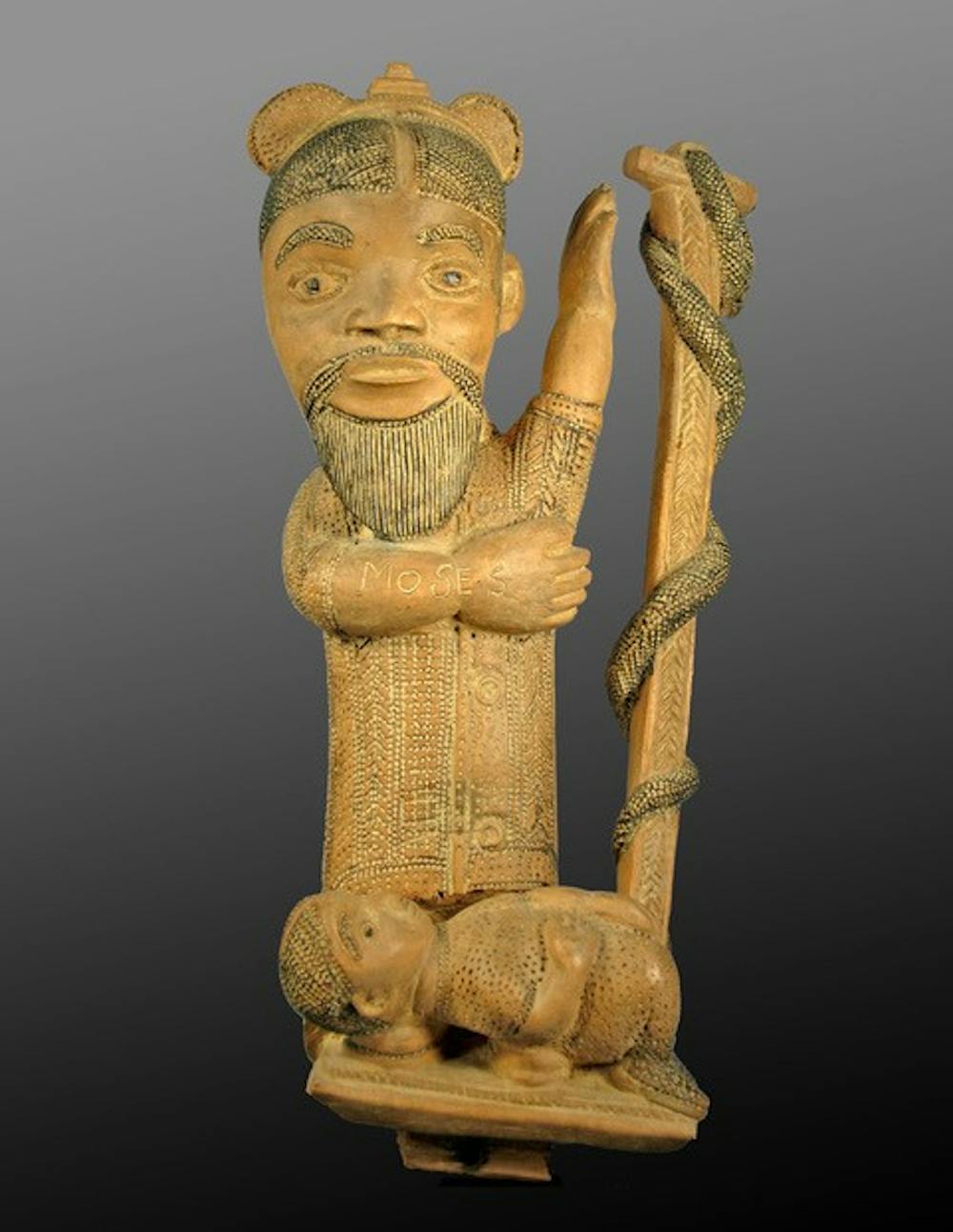Inspired by the process of successfully collecting and identifying the artwork of one artist, the Ackland Art Museum is running an exhibit on African sculptures from the collection of Rhonda Wilkerson.
The exhibit, which wants to combat the idea that all African sculptors are anonymous, is running until Jan. 5, 2020.
“At the basic level, it’s really interesting art, and that’s why we’re showing it," Peter Nisbet, deputy director for curatorial affairs, said. "It also, I think, shows how you can assemble a group of objects and realize they’re by the same sculptor.”
The exhibit includes six wooden sculptures, with one being owned by the Ackland and the others belonging to Wilkerson.
“I love to get these pieces out, because the students are looking, the professors are looking and you’re curious, so that’s the best way I know how to get people in the know of African art,” said Wilkerson, a former professor at the UNC School of Education.
The Ackland is focusing on this topic of anonymity and its prevalence in African art not only to diversify its collection, but also to emphasize a large gap in the field, said Carlee Forbes, an African Art History Ph.D. candidate at UNC.
“One of the things I think we’re trying to highlight with this exhibition is that when African art was collected historically, these things like artist’s names, even exactly where they lived, was not something that was important to record," Forbes said. "So, it’s a huge issue in the field in trying to reconcile this lack of information, and what we know versus what we can’t.”
With this expansion, the Ackland hopes to also emphasize the diversity within both traditional and contemporary African art, Wilkerson said.
“We decided to really emphasize Africa,” Nisbet said. “It derived from my sense initially that the collection had been underestimated, and that it was really good and that there were some great things, but it had been maybe a bit of a stepchild for a number of years.”




